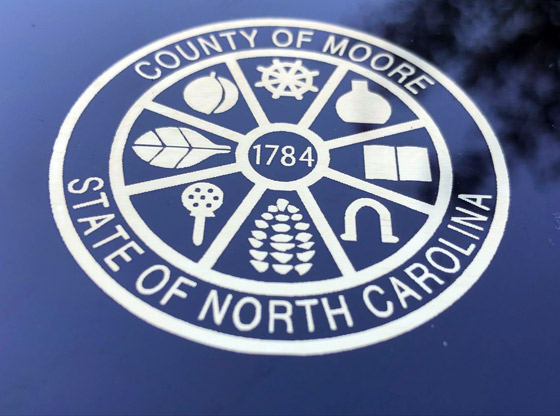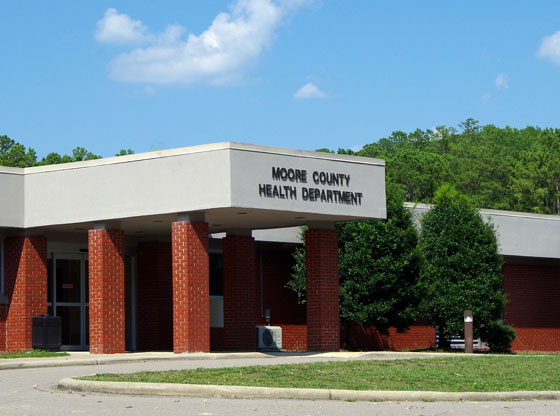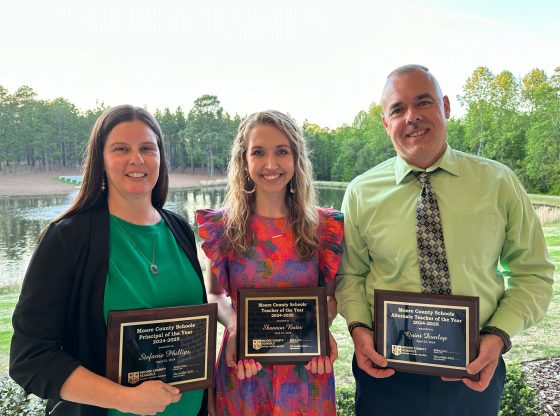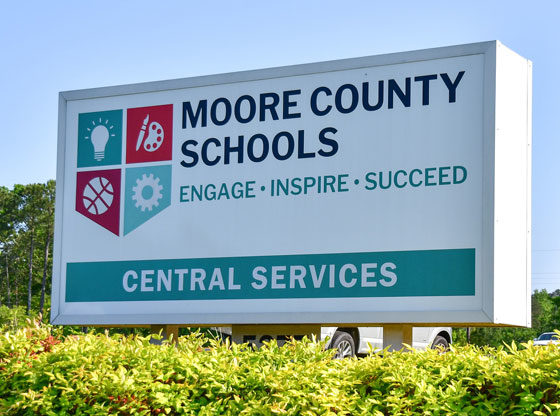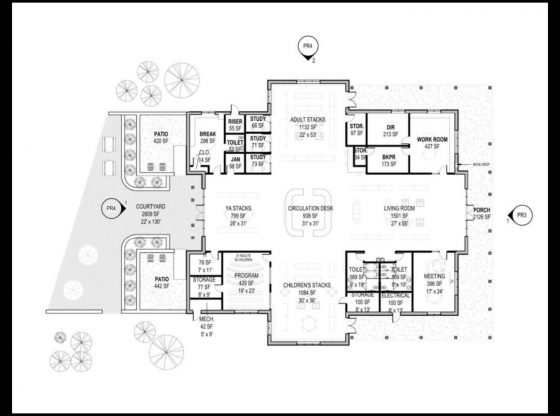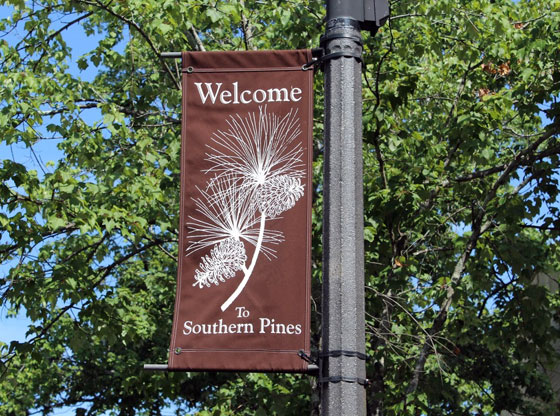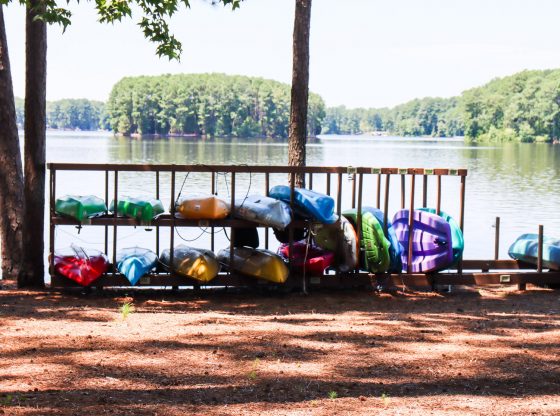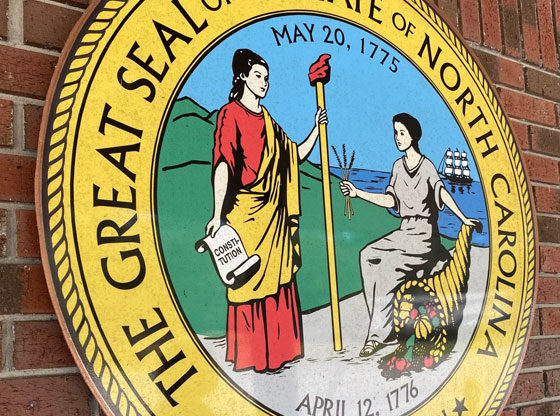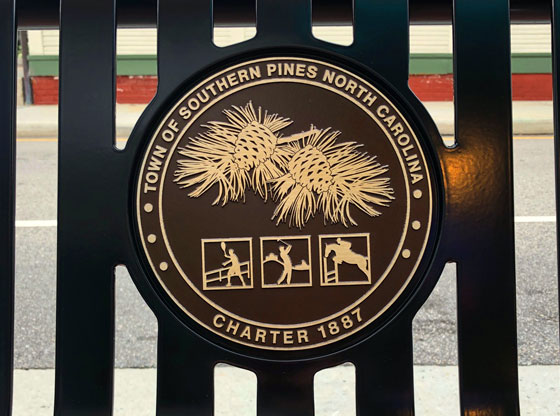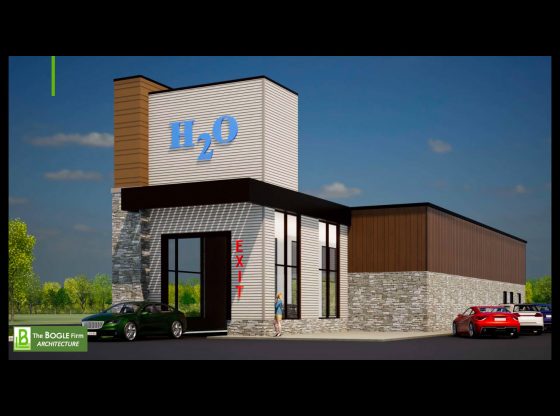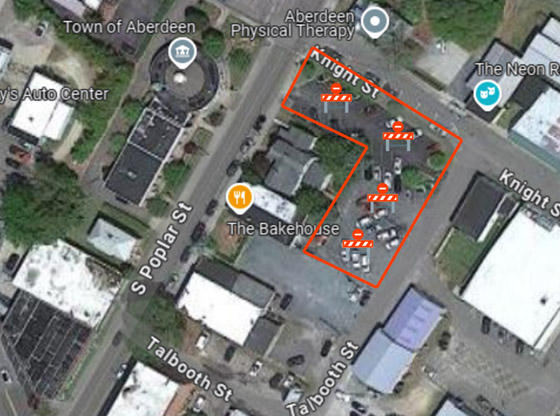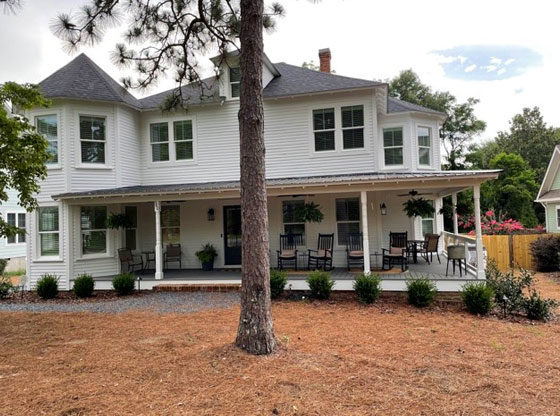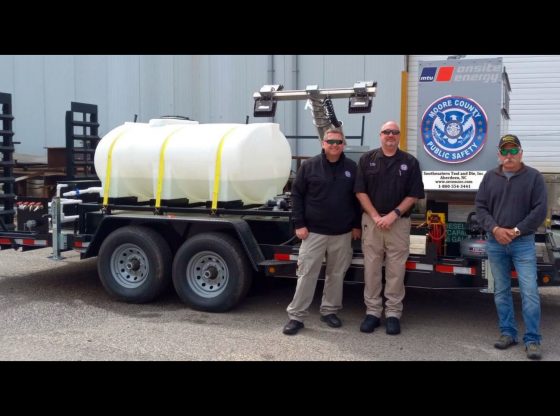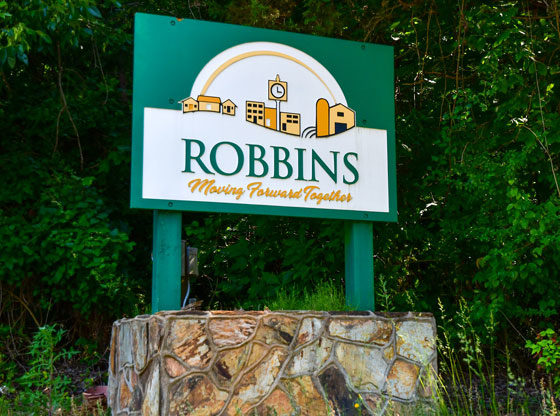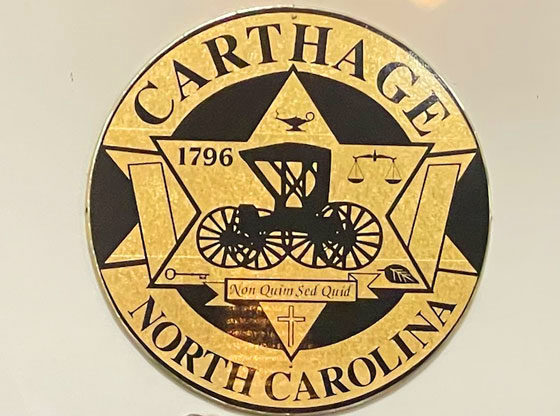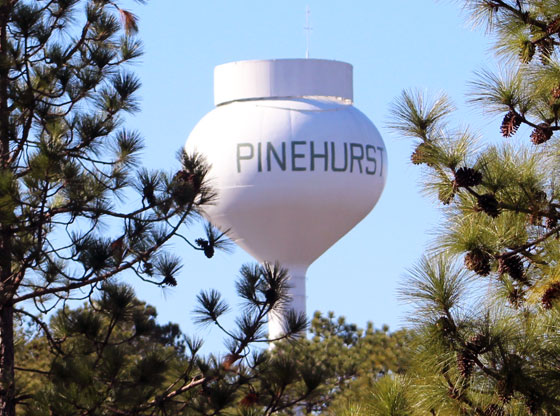The Moore County Board of Commissioners held a work session on April 17 to hear and consider updates from the board’s appointed two-commissioner task force groups, said the county in a press release.
As a result of the recently completed countywide revaluation, taxpayers have just received new tax assessments, and one of the more pressing concerns is how these new assessments will impact property owners’ tax bills, which will be mailed in July. The Budget Task Force, led by Chairman Nick Picerno and Vice Chairman Frank Quis, has been steadily working with county staff reviewing budget requests and analyzing revenues and expenditures.
Earlier this year, when the task force groups were created, the Board of Commissioners established a goal for the Budget Task Force to, “Budget conservatively and minimize the tax burden to Moore County citizens” and an objective of, “No additional tax burden to citizens.”
Monday’s work session provided assurance to the rest of the board and to the citizens that the Budget Task Force is well on course to fulfilling, and possibly exceeding, its goal and objective. The calculation the Budget Task Force and the commissioners use to measure whether the tax burden is being increased is known as the “revenue-neutral” tax rate.
The revenue-neutral rate is used in years in which a county completes a revaluation and provides the property tax rate that is needed to generate the same amount of revenue generated in the year prior to the revaluation, allowing for natural growth experience in the previous years due to new construction and development. North Carolina General Statutes require the revenue-neutral rate to be posted by counties and municipalities in revaluation years; however, counties and municipalities are not required to adopt the revenue-neutral rate.
There are three property tax rates the commissioners establish in the budget process which are:
The General Fund Tax Rate (Fund 100): The General Fund Tax Rate applies to all properties (real, personal, motor vehicles) in the county and is currently 48.5 cents per $100. The revenue-neutral rate has been calculated to be 35.12 cents per $100. The Budget Task Force is currently projecting a proposed rate of 33.5 cents per $100, which is below the revenue-neutral rate.
The Advanced Life Support Tax Rate (Fund 200): This tax rate applies to all properties in the county and supports the emergency services ambulance response within the county. The current rate is 4.0 cents per $100. The revenue-neutral rate has been calculated to be 2.9 cents per $100, and the Budget Task Force is currently projecting a rate of 3.5 cents per $100, a little above the revenue-neutral rate.
The Rural Fire Protection District Tax Rate (Fund 215): This rate applies only to properties that are located within the county and not within a municipality, commonly referred to as the unincorporated area of the county. The current rate is 10.5 cents per $100. The revenue-neutral rate has been calculated at 8.71 cents per $100, and the Budget Task Force is currently projecting a rate of 8.75 cents per $100, a little above the revenue-neutral rate.
Although the Advanced Life Support and Rural Fire Protection District Rates are a little above revenue-neutral, the combination of the General Fund, Advanced Life Support, and Rural Fire Protection District Rates is almost 1.0 cent below revenue-neutral (45.75 cents per $100 combined total compared to 46.73 cents per $100 combined revenue-neutral).
A key consideration for taxpayers is that for personal property and motor vehicles which typically depreciate from one tax year to the next, the lower tax rates combined with the lower values could result in a significantly lower tax bill for these properties.
“The Budget Task Force is proud of the work that has been put into the Fiscal Year 2024 budget development, appreciative of all the efforts by many individuals, groups, and agencies, and is pleased with the results to date,” said the county. “The Budget Task Force is also pleased that revenue from sales tax and interest earned have helped reduce the burden placed on property taxes and anticipates this trend to continue. There are still a few details to work through, including the Moore County Schools budget request which the Board of Commissioners will receive during the Board’s April 18, 2023, Regular Meeting.”
A few highlights regarding the FY 2024 budget in addition to the tax rates mentioned above are:
*The budget, as in previous years, prioritizes education, public safety, and health and human services.
*The recommended budget will include added positions for the sheriff, the Veterans Services Office, the 911 call center, and for Advanced Life Support. These positions will enhance the already exceptional services provided to the citizens by these agencies.
*The recommended budget also proposes Cost of Living Adjustments for county employees and proposes keeping health insurance premiums the same as the current year.
The Budget Task Force expects to present the FY 2024 budget recommendation to the Board of Commissioners at its May 16 regular meeting. The required public hearing will be held at the June 20 regular meeting, and it is anticipated the board will adopt the budget ordinance during a special meeting on June 22.
Feature photo/Sandhills Sentinel.
Contributed.


